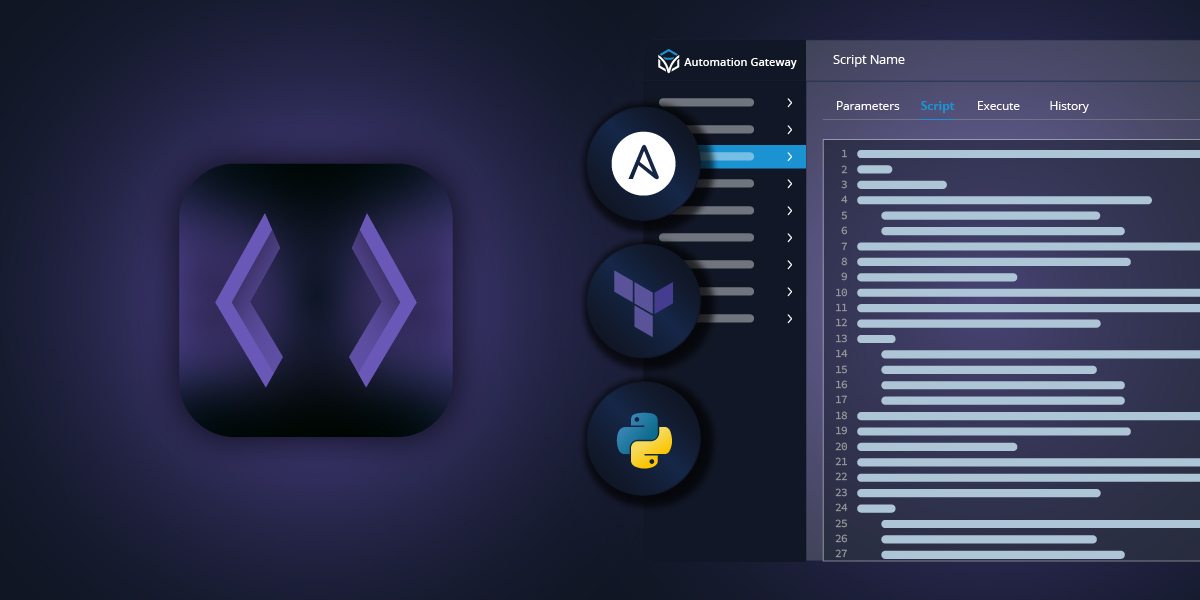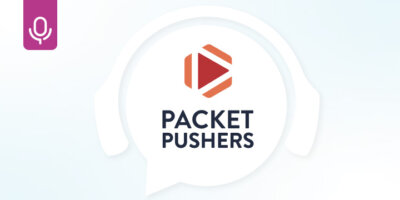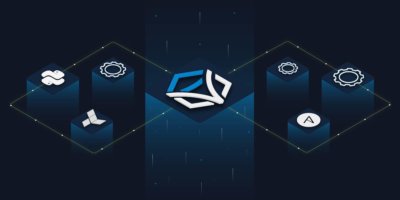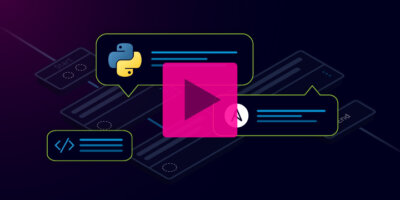Today, almost every network team is doing some level of automation. Network engineers have embraced the use of Python, Ansible, and Terraform to build automations for a variety of network activities and accelerate.
However, while engineers can improve their own productivity by building an automation, it can be hard to extend the impact of something like a Python script beyond the script’s author. In my experience, most teams that have built up a library of network automations tend to run into similar challenges:
- It’s hard to collaborate on automation or execute team members’ automations easily.
- Security requirements add development time and effort to DIY automations.
- Different automations are spread out across different computers and servers.
- Individuals can have different automation skillsets, e.g. Python vs. Ansible.
- Managing a large library of automations and executing them quickly can become challenging at scale.
Solving these challenges and turning automations into more consumable assets for the organization can help transform the way the network supports key processes.
Supercharge Your Scripts
If you’re a network engineer and you build scripts to automate networking activities, you’ve already leveled up your productivity a lot. But let’s say there’s a crucial automation someone on the team wrote, and they’re out sick. Does that mean you need to build your own script that does the same thing?
It shouldn’t, which is why some organizations and teams are starting to explore ways to maximize the impact of their high-code automation assets by making them more consumable, even for users who don’t have the same context or expertise. Teams should look to adopt a solution that enables them to expose automations for consumption securely and manage their automations more easily — you can easily imagine a situation where some network engineers use Python, and some know Ansible. And maybe a few are still learning with either tool. That team should still be able to collaborate efficiently.
With this kind of solution, automations could be executed by anyone on the team regardless of skillset. And, with security features and access control built in, they could even be exposed to end users or organization-wide platforms via API.
However, many common solutions for high-code network automation have certain flaws. Some are vendor-specific, and open source solutions often provide limited features or have high barriers to use in terms of custom development. And when teams try to build solutions that enable the exposure of automations to the wider organization themselves, they often find that it’s much more of a software development exercise than they might want.
This is where Itential Automation Gateway comes in.
How Itential Automation Gateway Powers Up Your Network Automations
Itential Automation Gateway (IAG) is a platform built for network engineers facing exactly the challenges above. It’s built to help you securely organize, share, and run your growing library of automations, and provides enterprise-grade features for managing access control and exposing your automations for others to run. And, it’s built to onboard automation built with Python, Ansible, and Terraform, allowing teams to use the right tools for the job instead of prescribing a certain vendor or tooling environment.
Our platform allows users to onboard their existing automation assets directly into the platform without requiring a re-implementation effort. Users can dynamically discover and onboard their automations across different machines and servers, then leverage a centralized execution environment to run automations across a multi-vendor network device inventory from a single location.
Automations can be treated as assets, stored in Git, version controlled, and aligned with organizational best practices so that they provide as much value as possible. This also makes it easier for network teams to manage a library of automations long-term, ensuring engineers don’t need to duplicate efforts and ensuring automations are always kept up to date.
In addition, IAG gives you the ability to share automations without losing control. The platform offers encryption for a secure, web-based interface to the automations you publish, alongside authentication features, the ability to integrate with LDAP services, authorization, and detailed auditing to track system access, changes, and automation execution. Scripts can be decorated using JSON, allowing the required variables to be expressed in a clear way with a UI element for users who don’t need to look at the Python or Ansible underneath.
This supercharges the automations you already have, extending their capabilities by streamlining execution and collaboration while ensuring they’re available for anyone who should be able to run them. That’s key to extend scripts beyond an individual, turning them into assets that can provide value across the business.
And, if you even want to go a step further, the API exposure capabilities allow you to integrate network automations with larger platforms: allow your automations to run from ServiceNow for secure self-service, publish them to be utilized by CI/CD pipelines, or integrate with the Itential Automation Platform to enable multi-domain network orchestration for end-to-end network services.
To learn more about supercharging your network automations with Itential Automation Gateway, click here.
Get the Most Out of Network Automation
Because Itential Automation Gateway (IAG) can bring disparate automation assets together for centralized management and execution, it’s a valuable platform for any network team pursuing automation. Teams can onboard automations and turn them into real assets — storing them in Git for version control, attaching RBAC and encryption, and turning them into APIs for wider consumption by authorized systems.
A universal execution environment means everyone on the network team can get the most out of network automation — whether they’re a Python superscripter or not. The features are designed to maximize collaboration for everyone — high-code and low-code — to be able to do more with less effort.
Would you share your script with the person next to you? With IAG, the answer is always yes.
Learn more about evolving on your network automation journey in this episode of Packet Pushers.





